Lee's Dark Purple & Nova Zembla (Pics)
houdinii
15 years ago
Related Stories
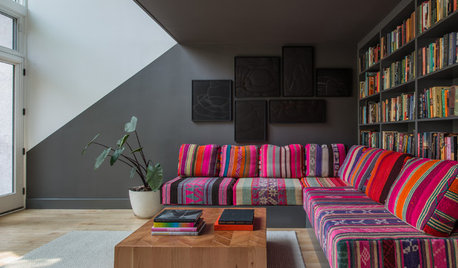
COLORCase Study: Turn Your Wall Colors Into Art
Give your walls an artistic edge with creative color blocking that complements your architecture
Full Story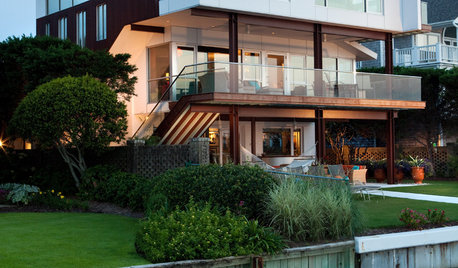
CONTEMPORARY HOMESHouzz Tour: Strong Enough for Storms, Comfy Enough for a Family
Hurricanes won’t faze this contemporary waterfront home in North Carolina — and mixed reactions don’t faze its owner
Full Story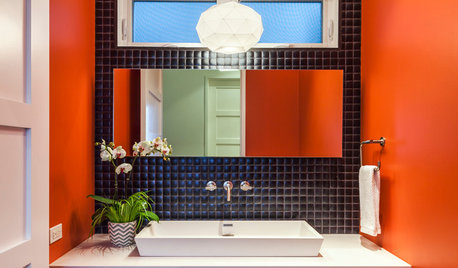
BATHROOM DESIGN7 Striking Paint Colors for Your Powder Room
Whether you opt for a little or a lot, see why the petite bathroom is the perfect place for a fun hue
Full Story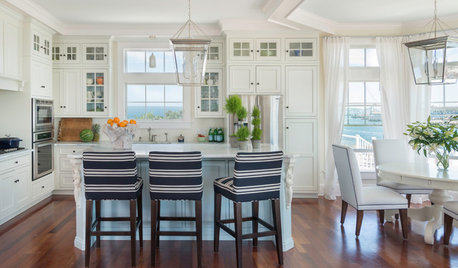
KITCHEN DESIGN10 Ideas for a Breezy Coastal Kitchen
Go for nautical details and sea-inspired colors to create a beautifully beachy space
Full Story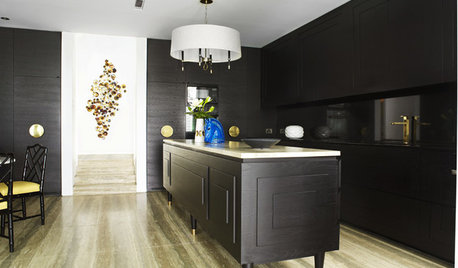
MOST POPULARTrend Watch: 13 Kitchen Looks Expected to Be Big in 2015
3 designers share their thoughts on what looks, finishes and design elements will be on trend in the year ahead
Full Story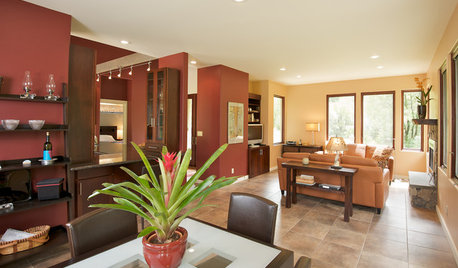
COLORHow to Use Marsala, Pantone’s 2015 Color of the Year
Pantone digs deep and goes earthy with its selection. Here are ways to make it work in your home
Full Story
DECORATING GUIDESThe '70s Are Back. Can Ya Dig It?
No need to cringe. These 21 groovy blasts from the past are updated to look fabulous today
Full Story
PETSWhat Chihuahuas Can Teach Us About Interior Design
Who knew these tiny dogs could be such a huge fount of design tips? Houzzers did
Full Story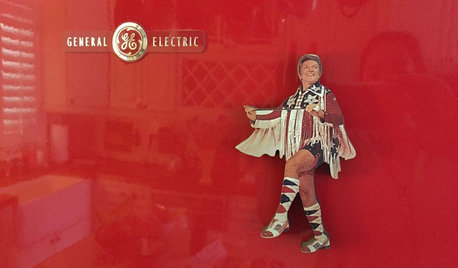
FUN HOUZZHouzz Call: What’s on Your Refrigerator?
Magnets, menus, children’s art, coupons, perfect-attendance certificates, song lyrics — what is fridge-worthy in your house?
Full Story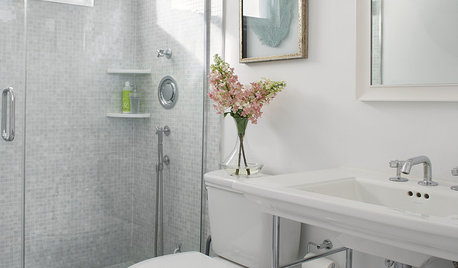
HOUZZ CALLHouzz Call: Show Us Your 8-by-5-Foot Bathroom Remodel
Got a standard-size bathroom you recently fixed up? We want to see it!
Full StorySponsored






rhodyman
houdiniiOriginal Author
Related Professionals
New Bedford Landscape Architects & Landscape Designers · Arlington Landscape Architects & Landscape Designers · Clark Landscape Architects & Landscape Designers · Franconia Landscape Architects & Landscape Designers · New Mexico Landscape Architects & Landscape Designers · Brooklyn Center Landscape Architects & Landscape Designers · Jackson Landscape Contractors · Stamford Landscape Contractors · Canton Landscape Contractors · Cockeysville Landscape Contractors · Lewisville Landscape Contractors · Manhattan Landscape Contractors · Selma Landscape Contractors · Suisun City Landscape Contractors · Castaic Gardeners & Lawn Care